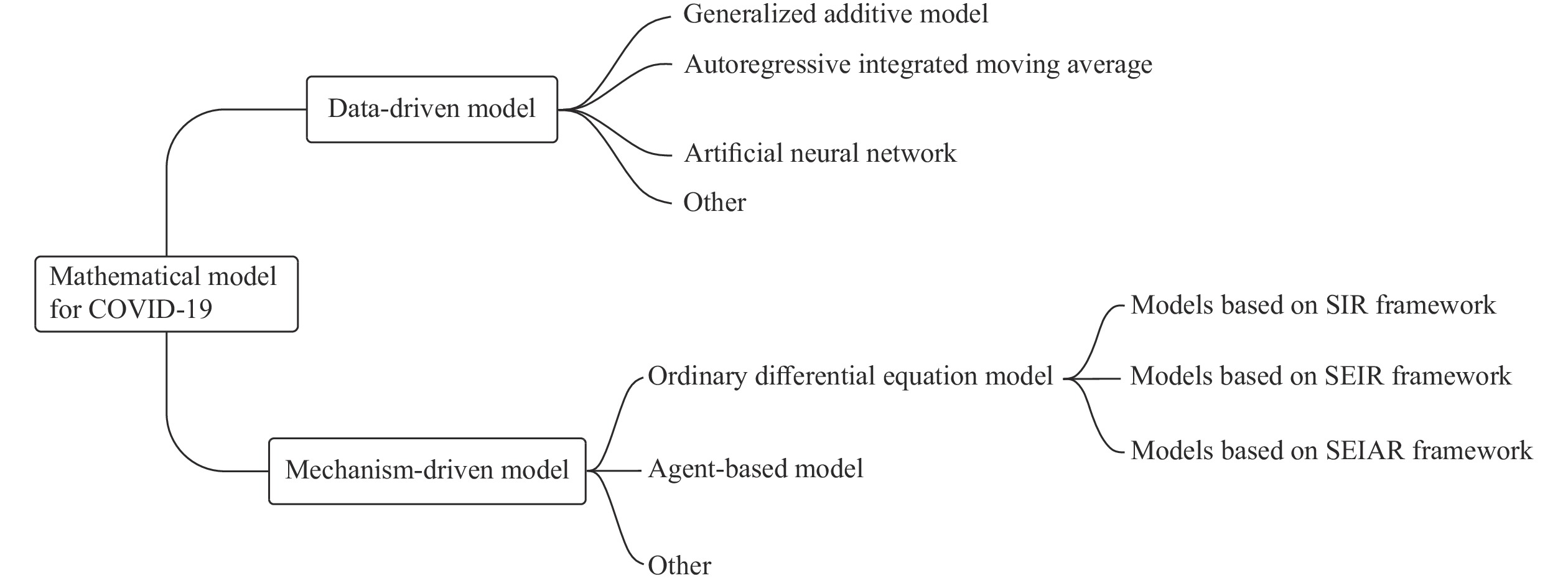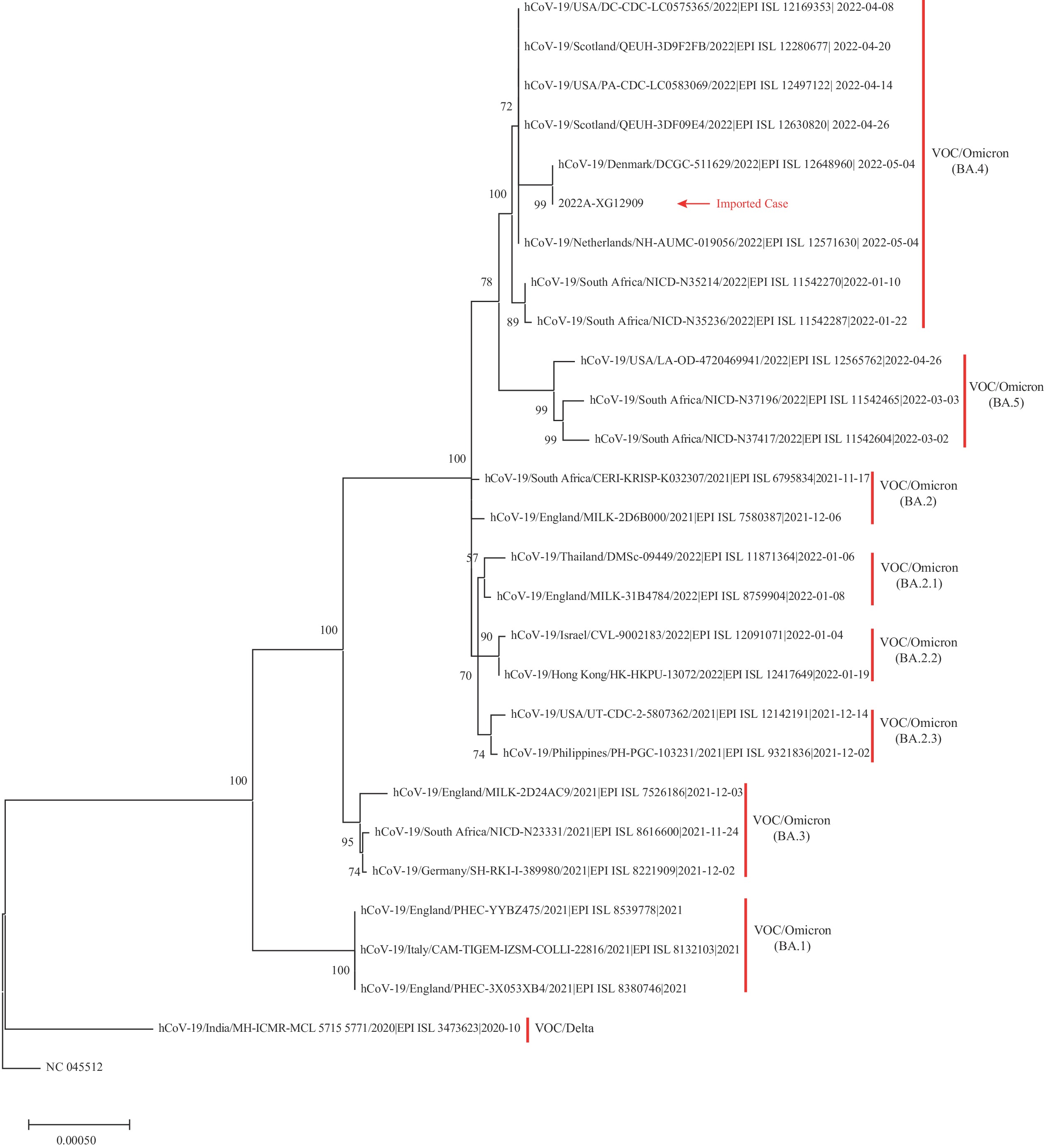2022 Vol. 4, No. 40
Minimizing the importation and exportation risks of coronavirus disease 2019 (COVID-19) is a primary concern for sustaining the “Dynamic COVID-zero” strategy in China. Risk estimation is essential for cities to conduct before relaxing border control measures.
Informed by the daily number of passengers traveling between 367 prefectures (cities) in China, this study used a stochastic metapopulation model parameterized with COVID-19 epidemic characteristics to estimate the importation and exportation risks.
Under the transmission scenario (R0=5.49), this study estimated the cumulative case incidence of Changchun City, Jilin Province as 3,233 (95% confidence interval: 1,480, 4,986) before a lockdown on March 14, 2022, which is close to the 3,168 cases reported in real life by March 16, 2022. In a total of 367 prefectures (cities), 127 (35%) had high exportation risks according to the simulation and could transmit the disease to 50% of all other regions within a period from 17 to 94 days. The average time until a new infection arrives in a location in 1 of the 367 prefectures (cities) ranged from 26 to 101 days.
Estimating COVID-19 importation and exportation risks is necessary for preparedness, prevention, and control measures of COVID-19 — especially when new variants emerge.
Oral fluids (OFs) have been broadly used as non-invasive samples for evaluating protective IgG antibodies from natural infection or vaccination, especially in pediatric populations.
Paired OF and serum were collected from both individuals who received a booster dose of the inactive coronavirus disease 2019 (COVID-19) vaccine as well as those who did not have a history of COVID-19 vaccination and infection (as the control group). The total human IgG antibody (HIgG) content was evaluated as a marker of OF sampling quality. An in-house adapted magnetic particle-based chemiluminescence immunoassay was used for severe acute respiratory syndrome coronavirus 2 (SARS-CoV-2) IgG antibody detection in the OF. The SARS-CoV-2 IgG antibody in the serum samples was detected using a commercial immunoassay.
In total, 579 paired OF and serum samples were collected. An additional 172 OF samples were collected from preschool children. The results indicated that the HIgG concentration in qualified OF samples should be higher than 0.3 µg/mL. Compared to the serum assay, the in-house OF immunoassay for detecting IgG antibodies against SARS-CoV-2 had 95.06% accuracy, 95.03% sensitivity, and 100% specificity.
Overall, the in-house immunoassay for detecting SARS-CoV-2 IgG antibodies in OF showed high potential for application towards serological surveillance and immunization effect assessment after large-scale, inactive COVID-19 vaccination in China.
Mathematical models have played an important role in the management of the coronavirus disease 2019 (COVID-19) pandemic. The aim of this review is to describe uses of COVID-19 mathematical models, their classification, and the advantages and disadvantages of different types of models. We conducted subject heading searches of PubMed and China National Knowledge Infrastructure with the terms “COVID-19,” “Mathematical Statistical Model,” “Model,” “Modeling,” “Agent-based Model,” and “Ordinary Differential Equation Model” and classified and analyzed the scientific literature retrieved in the search. We categorized the models as data-driven or mechanism-driven. Data-driven models are mainly used for predicting epidemics, and have the advantage of rapid assessment of disease instances. However, their ability to determine transmission mechanisms is limited. Mechanism-driven models include ordinary differential equation (ODE) and agent-based models. ODE models are used to estimate transmissibility and evaluate impact of interventions. Although ODE models are good at determining pathogen transmission characteristics, they are less suitable for simulation of early epidemic stages and rely heavily on availability of first-hand field data. Agent-based models consider influences of individual differences, but they require large amounts of data and can take a long time to develop fully. Many COVID-19 mathematical modeling studies have been conducted, and these have been used for predicting trends, evaluating interventions, and calculating pathogen transmissibility. Successful infectious disease modeling requires comprehensive considerations of data, applications, and purposes.



 Subscribe for E-mail Alerts
Subscribe for E-mail Alerts CCDC Weekly RSS Feed
CCDC Weekly RSS Feed



